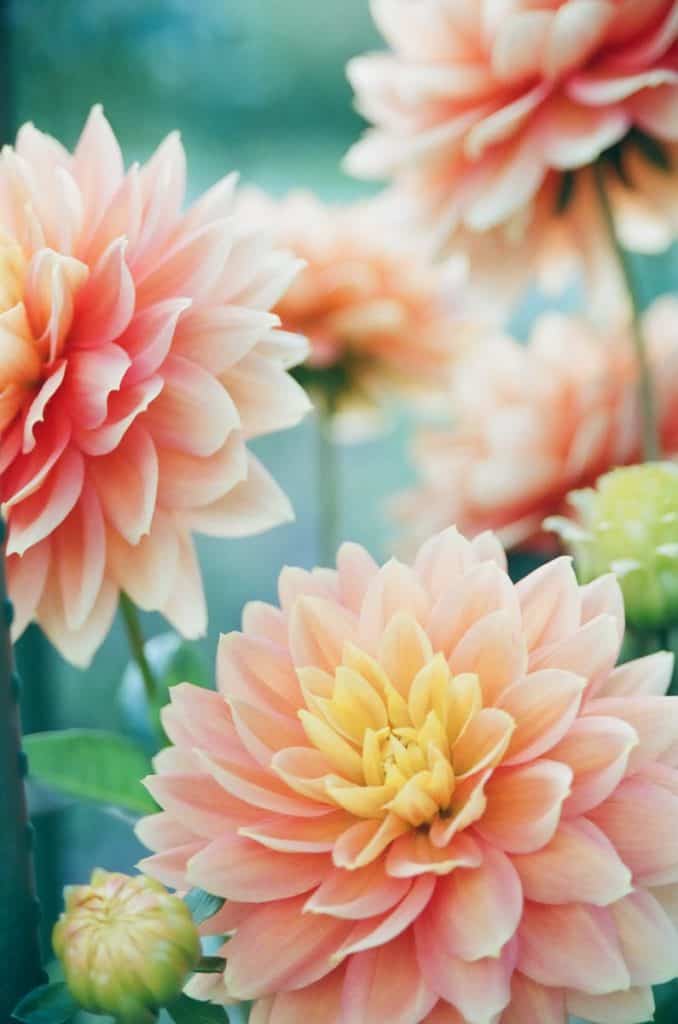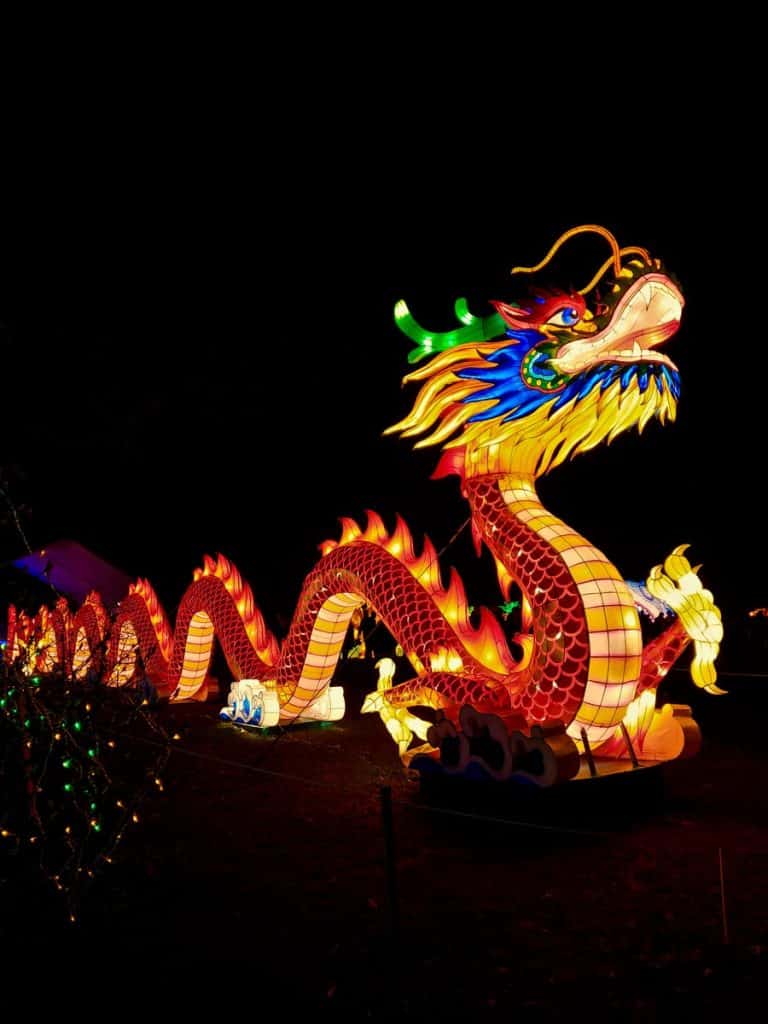Symbols are used to convey emotions, express ideas, and illustrate situations in human interaction. People seek for deeper meaning of inner self, enlightenment, wisdom and pleasure in life, which is why symbolism plays such an important role. Signs are utilized in both newest visual content as well as celebrities, and people’s messages are interpreted and imbued with significance by the use of them.
What Symbolizes Happiness: 10 Things That Symbolize Happiness
A happy person is typically associated with a smiley face, which is the most universally recognized symbol of happiness. Other popular symbols that represent happiness include suns, rainbows, butterflies, and flowers. These objects are often seen as happy because they are bright, colorful, and natural.
The Dragon Symbolize Happiness
There are many things that symbolize happiness in Chinese culture. One of the most universal symbols is the dragon. The dragon is a symbol of good luck and fortune and is often seen on Chinese New Year’s decorations, making it a perfect symbol that enjoys all of life’s pleasures, mysteries and indulgences.
 Symbolize Happiness
Symbolize Happiness
Other popular symbols include the lotus flower, which literally translates purity. Many Chinese different symbols often share other positive associations such as hope, good fortune, optimism, and more.
The lotus flower is a popular symbol of happiness in Chinese culture. The lotus flower symbolizes purity and is often seen on Chinese New Year’s decorations.
Phoenix Symbolize Happiness
The phoenix is a popular symbol of happiness in Chinese culture. The phoenix symbolizes good luck and fortune and is often seen on Chinese New Year’s decorations.
Laughing buddha Symbolize Happiness
Laughing buddha is a popular symbol of happiness in Chinese culture. The laughing buddha is often seen as a symbol of good luck and fortune.
Bluebird Symbolize Happiness
Some tribes consider the bluebird a spirit in animal form that is a sign of good things to come, while others believe that the bluebird is a messenger from the spirit world. In human communication, different colors can represent different emotions.
Different cultures have different symbols that represent happiness. Bluebird symbolism is different in different cultures. In some cultures, the bluebird is a symbol of happiness, while in others it is a symbol of sadness.
In human communication, different colors can represent different emotions. Blue often represents happiness, while red often represents anger or love. Green can represent different things in different cultures, but it is often seen as a symbol of nature or peace. Yellow is often seen as a symbol of happiness in China’s Shang Dynasty.
Dreamcatcher Symbolize Happiness
Many Native Americans cultures also have a wide variety of different cultural symbols. One of the most popular symbols among Native American cultures is the dreamcatcher. The dreamcatcher is believed to trap bad dreams and only allow good dreams to reach the sleeper. Other popular symbols include the feather, which symbolizes peace, and the double happiness symbol, which is a popular symbol of luck and happiness.
Smiley Face Symbolize Happiness
However, some symbols of happiness have become so ingrained with the cultural sphere that they are no longer seen as such. The smiley face, for example, is now a universal symbol of happiness that is recognized by people of all cultures. It was originally created in 1963 and has since become one of the most popular symbols in the world.
Lily of the Valley Symbolize Happiness
The lily of the valley has acquired a long list of connotations throughout the years. Its fragrant white blooms are frequently associated with classic feminine qualities such as sweetness, innocence, purity, and motherhood.
The carnation, nevertheless, symbolized “rejoyce” in the Victorian eras. The flower is especially popular among royalty, including Grace Kelly, Queen Victoria, and Kate Middleton.
Sunflower Symbolize Happiness
The sunflower is a popular plant that has many diverse connotations. It may be used to express admiration and faithfulness, as well as power and optimism in several cultures.
In Chinese culture, the red gladiolus is associated with love and fortune. That’s why it’s commonly given at graduations and the commencement of a new company.
Dragonfly Symbolize Happiness
The dragonfly has several meanings for Native Americans. It symbolizes transformation and change because of its ability to adapt and transform. It’s a call for individuals to spread more happiness and light in their lives, suggesting they should not lurk in the corners or the dark.
Dragonflies are typically located near bodies of water. The unconscious aspect of the soul is symbolized by water.
What Symbolizes Happiness For You?
Happiness is a sensation that overcomes you when you realize life is good and you can’t help but smile. It’s the polar opposite of sadness. Happiness is a feeling of well-being, joy, or contentment. People who are successful, safe, or fortunate experience happiness.
Why Seek Happiness?
Happiness has also been linked to improved creativity and better decision-making. As a result, rather than success being the key to happiness, studies reveal that contentment may be the key to success. This insight aligns with the concept that happiness comes from within, emphasizing the importance of internal contentment.
However, it also helps us function better and has significant benefits for society as a whole. And getting different symbols that symbolize happiness can be a reminder to pursue joy in our lives. Exploring how you create your own happiness can offer personal insights into how these symbols might resonate with you.
There are many different symbols of happiness from different cultures around the world. Each culture has its own unique way of representing happiness, whether it be through a certain object, animal, or color. Understanding the impact of gratitude and its effects on the brain, as discussed in what does gratitude do to the brain, can provide additional perspectives on the role of happiness symbols in various cultures.
Incorporating practices like keeping a gratitude journal can also help you appreciate the different meanings behind these symbols and enhance your understanding of happiness. Remember, different symbols represent different things in various cultures. What is considered to be a symbol of happiness in one culture may not be seen as such in another. It is important to be aware of these diverse meanings to avoid cultural misunderstandings.

